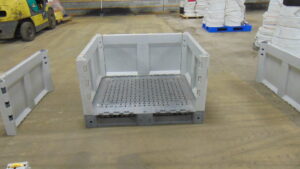
A variety of administrative, management and marketing abilities are required to operate a retail establishment. These abilities are crucial for your store to run successfully, from making there is enough inventory to creating monthly sales statistics. Retailers who invest the time and money to set up a point of sale (POS) system before they need it will profit from the ability to ensure that all of their operations are running smoothly with f&b POS software in Singapore.
What functions do POS systems at small businesses perform?
Your company can collect consumer payments and monitor sales with a POS system. Although it seems straightforward, the setup can differ based on whether you sell online only, have a physical presence, or both, you can get benefit withf&b POS software in Singapore. Today’s fully digital POS systems can check out a customer any location. You require a POS app and a mobile or tablet device with internet access.
Point of Sale in the Modern Era: From Point of Service
To stay up with today’s more demanding and knowledgeable POS solutions have changed over the past ten years. They may instantly access an endless array of alternatives if they are dissatisfied with the options or service levels you provide by having their mobile devices with them. Due to these intense competitive demands, modern POS has advanced significantly from being just a payment and accounting system to becoming both a point of sale and a point of service, enabling highly customised interactions that continually satisfy clients in the here-and-now. With real-time access to inventory a customer’s purchase and internet browsing history, a point-of-service solution, for instance, enables shop associates to save sales—and even increase basket size.

Hardware for a point-of-sale system
These are the typical physical elements needed to set up your POS.
Monitor/tablet:
Displays the product database and makes other features, such checking sales reports and employee clock-in, available. The more hefty displays frequently replaced by tablets, especially iPads.
A barcode reader
Product information retrieves scanning barcodes and added to the checkout total. To automatically alter stock levels, barcode scanners can integrated with inventory management systems.
Reader for credit cards
Secure and EMV-compliant credit card readers have become essential since the EMV payment standard went effect in 2015. Due to the liability for fraud, compliant retailers could sustain significant damages.
Receipt printer:
Despite the rise in popularity of email and SMS receipts, paper receipts are still necessary for giving customers a rapid overview of their purchases or returns.
Money box:
Although it might disappear in the future, cash is still king. You’ll require a safe location to keep cash for transactions until then. Cash also avoids credit card fees that often linked with it.







